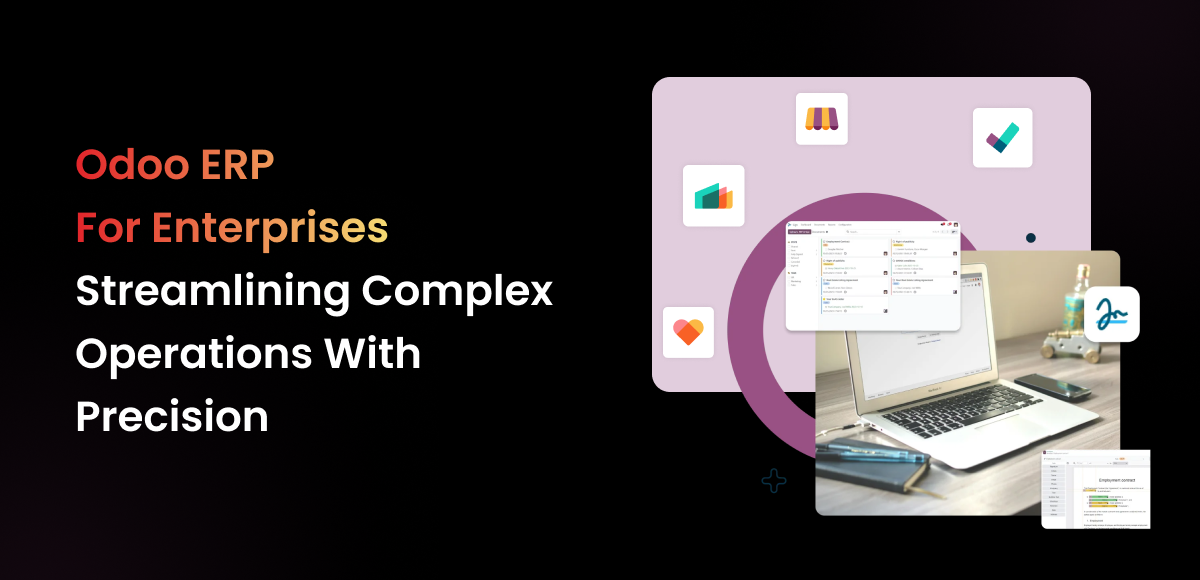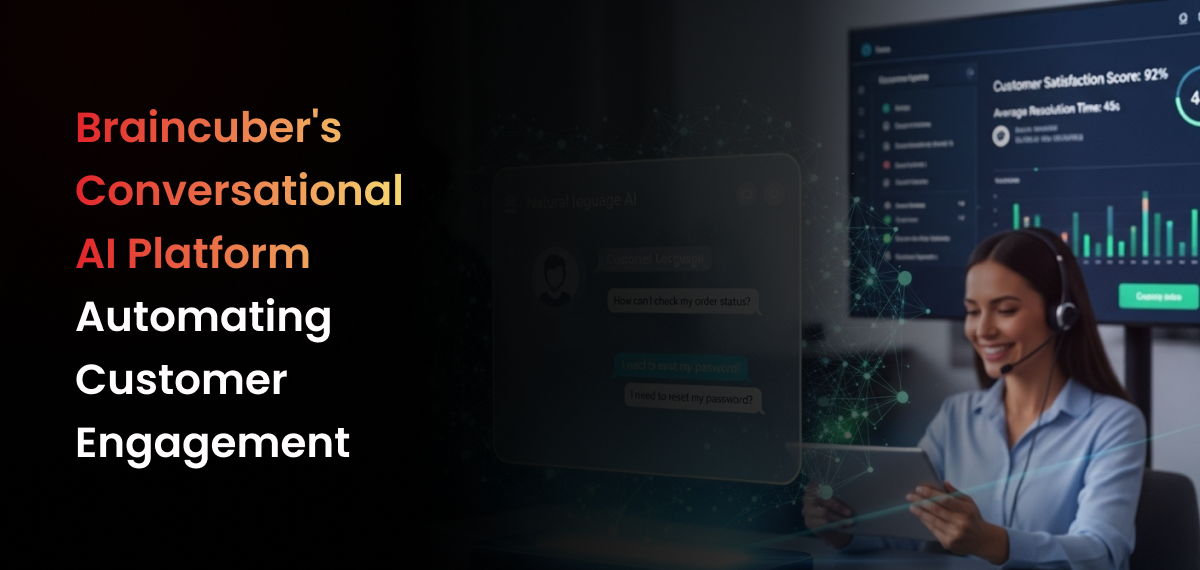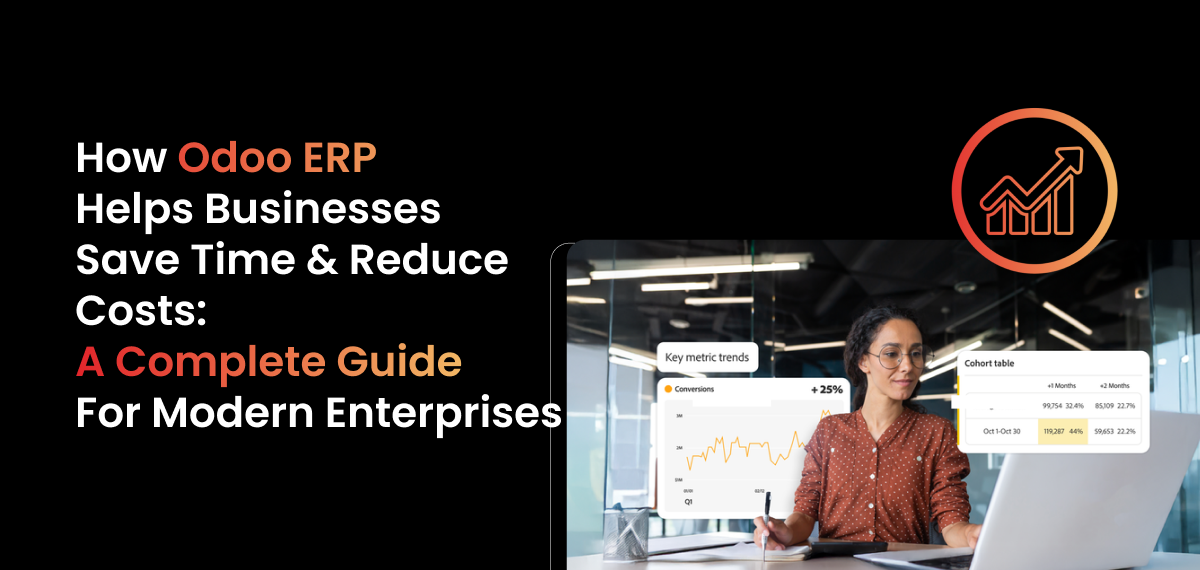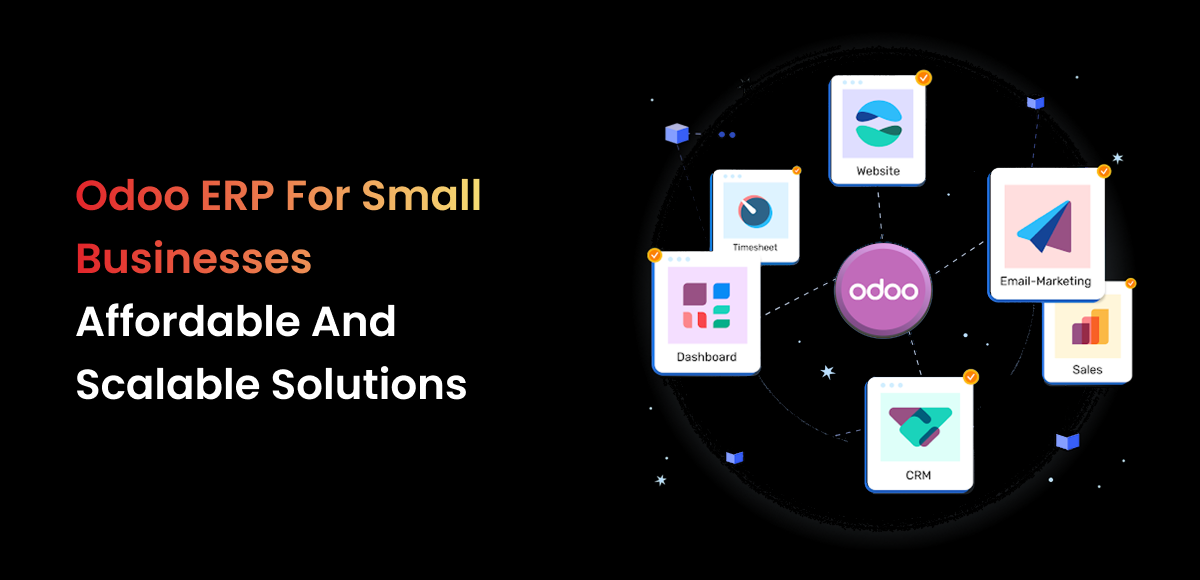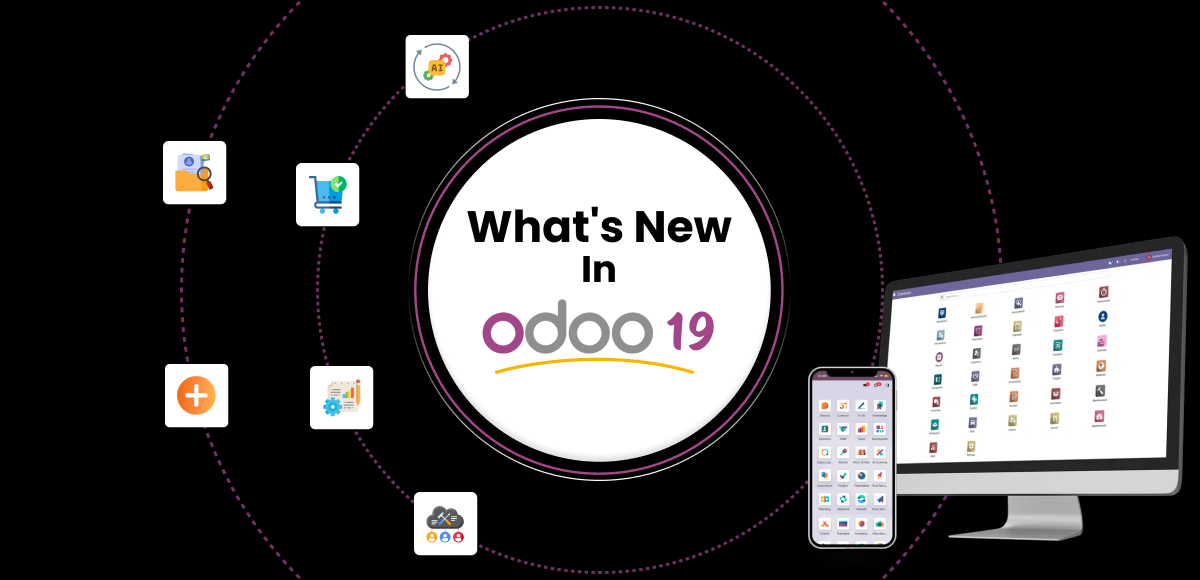In today’s hypercompetitive business environment, enterprises must balance agility, efficiency, and innovation to thrive. Managing sprawling operations—from global supply chains to multi-department workflows—demands a robust, adaptable solution. Odoo ERP for Enterprises rises to this challenge, offering a modular, scalable, and cost-effective platform that transforms complexity into clarity.
This comprehensive guide explores how Odoo ERP empowers enterprises to optimize operations, reduce costs, and drive growth. We’ll delve into its features, industry applications, pricing models, and implementation strategies to help you determine if Odoo is the right fit for your organization.
What is Odoo ERP?
Odoo is an open-source Enterprise Resource Planning (ERP) platform that consolidates business processes—sales, inventory, HR, accounting, manufacturing, and more—into a unified system. Launched in 2005 as OpenERP, it has evolved into a global leader with over 7 million users and 1,500+ partners worldwide.
Key Differentiators
- Modular Design: Choose from 40+ core modules and 30,000+ community apps.
- Flexibility: Open-source code allows deep customization.
- Scalability: Supports businesses from startups to multinational corporations.
- Cost Efficiency: Affordable pricing compared to SAP, Oracle, or Microsoft Dynamics.
- Cloud & On-Premise: Deploy via Odoo.sh cloud or on-premise servers.
Example: A manufacturing firm can integrate Odoo’s MRP, inventory, and accounting modules to automate production planning and financial reporting.
Why Enterprises Choose Odoo Over Legacy ERPs

A. Modularity Meets Precision
Unlike rigid legacy systems, Odoo’s modular approach lets enterprises deploy only the tools they need. Start with CRM and inventory management, then add manufacturing or eCommerce as you scale.
Case Study: Enterprise Rent-A-Car uses Odoo’s fleet management and CRM modules to streamline vehicle reservations, maintenance schedules, and customer communications across 7,500+ locations.
B. Unmatched Customization
Odoo’s open API and Studio tool enable:
- Tailored workflows for procurement or HR.
- Third-party integrations (e.g., Shopify, QuickBooks).
- Multi-company and multi-currency setups for global operations.
C. Real-Time Decision-Making
Interactive dashboards aggregate data from all modules, offering insights into:
- Inventory turnover rates.
- Sales pipeline performance.
- Production bottlenecks.
D. Cost Savings
Odoo’s Enterprise plan starts at 24.90/user/month—afractionofSAP’s24.90/user/month—afractionofSAP’s200+/user/month cost. The Community edition is free for basic needs.
Core Features Tailored for Enterprise Needs
| Module | Enterprise Benefits |
|---|---|
| Odoo CRM | Track 10,000+ leads, automate follow-ups, and forecast sales with AI-driven analytics. |
| Manufacturing | Manage multi-level BOMs, automate work orders, and monitor machine efficiency in real time. |
| Inventory | Optimize stock across 50+ warehouses with barcode scanning and demand forecasting. |
| Accounting | Automate invoicing, reconcile transactions across banks, and generate GAAP-compliant reports. |
| HR & Payroll | Handle global payroll, employee onboarding, and performance reviews for 1,000+ staff. |
| eCommerce | Sync online stores (Shopify, Amazon) with inventory and POS systems. |
| Project Management | Allocate resources, track milestones with Gantt charts, and monitor budgets. |
Advanced Capabilities:
- IoT integration for predictive maintenance.
- AI-powered chatbots for customer support.
- Mobile apps for on-the-go approvals.
Industry-Specific Solutions: Real-World Applications
Automotive & Fleet Management
- Enterprise Auto Rental: Manage reservations, maintenance, and billing cycles.
- Fleet Tracking: Monitor vehicle health via IoT sensors and GPS.
Manufacturing
- Just-in-Time Production: Sync raw material orders with production schedules.
- Quality Control: Automate inspections and compliance reporting.
Healthcare
- Patient Management: Centralize records, appointments, and billing.
- Pharmacy Inventory: Track drug expiration dates and automate reorders.
Retail & eCommerce
- Omnichannel Sales: Unify in-store and online orders.
- Demand Forecasting: Use historical data to predict seasonal trends.
Overcoming Complexity: How Odoo Simplifies Enterprise Operations
A. Centralized Data Ecosystem
Odoo eliminates silos by linking departments. For example:
- A sales order in CRM updates inventory levels and triggers production.
- HR onboarding auto-provisions IT access and payroll details.
B. Automation at Scale
- Procurement: Auto-reorder stock when levels fall below thresholds.
- Accounting: Match invoices to purchase orders with AI.
- Customer Service: Route tickets based on urgency and agent expertise.
C. Global Compliance
- Tax Management: Auto-calculate VAT, GST, or sales tax for 100+ countries.
- Multi-Language Support: Interface available in 20+ languages.
D. Security & Governance
- Role-based access controls.
- Audit trails for regulatory compliance (GDPR, HIPAA).
- Two-factor authentication and encrypted backups.
Transparent Pricing: Maximizing ROI
| Plan | Cost | Best For |
|---|---|---|
| Community | Free | Small teams needing basic ERP functions. |
| Enterprise | From $24.90/user/month | Large enterprises requiring advanced features, cloud hosting, and support. |
Additional Costs:
- Customization: 50–50–150/hour, depending on partner rates.
- Training: 1,000–1,000–5,000 for on-site workshops.
- Hosting: 40–40–300/month for Odoo.sh cloud.
Tip: Leverage Odoo’s Enterprise Edition Trial to test features risk-free.
Implementation Best Practices: From Planning to Go-Live
Step 1: Needs Assessment
Identify pain points (e.g., slow order processing) and define KPIs (e.g., reduce inventory costs by 15%).
Step 2: Partner Selection
Certified Odoo partners like Braincuber Technologies offer:
- Industry-specific expertise.
- Data migration support.
- Post-launch troubleshooting.
Step 3: Customization & Testing
Build tailored workflows and conduct UAT (User Acceptance Testing) with key stakeholders.
Step 4: Training & Adoption
Use Odoo’s eLearning platform or onsite workshops to ensure smooth user transitions.
Implementation Timeline: 3–9 months, depending on complexity.
The Value of Certified Odoo Partners
A certified partner ensures:
- Seamless Integrations: Connect Odoo with legacy systems like SAP or Salesforce.
- Upgrade Management: Stay current with Odoo’s biannual updates (e.g., Odoo 17).
- 24/7 Support: Resolve issues faster with dedicated SLAs.
Case Study: A multinational retailer reduced order fulfillment time by 40% after partnering with Braincuber for Odoo customization.
FAQs: Addressing Enterprise Concerns
Can Odoo handle 1,000+ concurrent users?
Yes, with proper server scaling (e.g., AWS clusters) and load balancing.
How does Odoo ensure data privacy?
Odoo complies with GDPR and offers HIPAA-ready modules for healthcare.
Is Odoo suitable for mergers and acquisitions?
Yes. Its multi-company structure allows seamless integration of acquired entities.
What industries benefit most from Odoo?
Manufacturing, retail, healthcare, logistics, and professional services.
How does Odoo compare to NetSuite?
Odoo offers comparable features at 60% lower cost but requires more customization.
Conclusion: Future-Proof Your Enterprise with Odoo
Odoo ERP is not just a tool—it’s a strategic asset for enterprises navigating digital transformation. By centralizing operations, automating workflows, and delivering actionable insights, Odoo empowers organizations to scale efficiently and stay ahead of market shifts.
Whether you’re optimizing a global supply chain or enhancing customer experiences, Odoo’s adaptability and affordability make it the smart choice for enterprises aiming to simplify complexity.
🚀 Take the Next Step: Request a Free Odoo Demo to see how it aligns with your enterprise goals.
